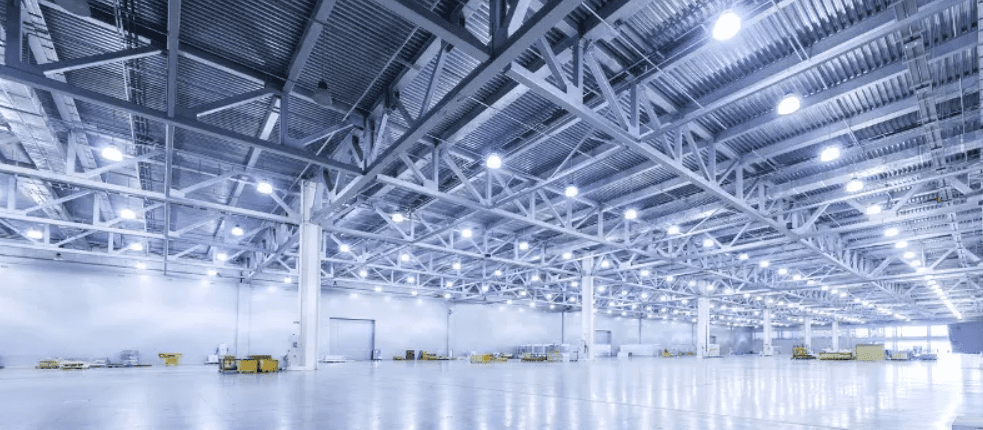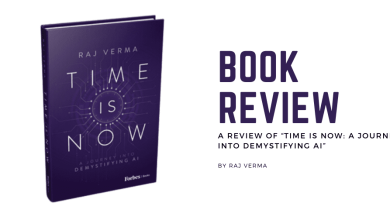Exploring the Latest Trends in Industrial Lighting in NZ

Industrial lighting plays a pivotal role in the productivity, safety, and overall efficiency of businesses across New Zealand. As technology advances and environmental concerns grow, the industrial lighting landscape in NZ is experiencing a transformative shift. This article explores the latest trends that are reshaping the industrial lighting industry in the country.
LED Revolution in Industrial Lighting
One of the most significant trends in industrial lighting is the widespread adoption of LED technology. LEDs offer several advantages for businesses, including exceptional energy efficiency and cost savings. They consume significantly less energy compared to traditional lighting solutions, resulting in lower electricity bills.
LEDs are also renowned for their durability and longevity. They have a longer operational life, reducing maintenance costs and the need for frequent replacements. This makes them an attractive option for industrial settings where uninterrupted lighting is crucial.
Smart Lighting Systems
The integration of Internet of Things (IoT) technology into industrial lighting systems is another groundbreaking trend. Smart lighting systems enable remote monitoring and control, allowing businesses to adjust lighting conditions based on real-time data. This not only enhances energy efficiency but also contributes to a safer and more productive work environment.
Human-Centric Lighting
Human-centric lighting is gaining prominence as businesses recognize the impact of lighting on employee well-being and productivity. This trend involves designing lighting systems that mimic natural daylight patterns, creating a more comfortable and productive workspace.
Daylight Harvesting
Daylight harvesting is a sustainable approach that optimizes natural light sources within industrial facilities. By utilizing sensors and automation, businesses can adjust artificial lighting based on available daylight, reducing energy consumption and contributing to a greener environment.
Adaptive Lighting
Adaptive lighting systems are designed to adjust to various tasks and activities within an industrial setting. This flexibility enhances safety by ensuring that the right amount and quality of light are provided for each specific task, reducing accidents and errors.
Solar-Powered Industrial Lighting
Sustainability is a growing concern in industrial settings. Solar-powered industrial lighting solutions are gaining traction in NZ due to their eco-friendliness and potential for off-grid operations. These systems harness solar energy during the day and store it for nighttime use, reducing reliance on the grid.
Lighting as a Service (LaaS)
LaaS is a financial model that allows businesses to enjoy the benefits of modern lighting technology without significant upfront costs. It involves leasing lighting systems, which often include maintenance and upgrades as part of the package.
Health and Safety Regulations
Compliance with health and safety regulations is of utmost importance in industrial settings. Businesses must ensure that their lighting systems meet the required standards to maintain a safe work environment.
Cost-Benefit Analysis
Before embracing new lighting trends, businesses need to conduct a thorough cost-benefit analysis. Understanding the return on investment (ROI) and long-term savings associated with these technologies is crucial for decision-making.
Challenges in Implementing New Trends
While the benefits of modern industrial lighting are clear, there are challenges to overcome, such as the initial investment required and the need for employee training to effectively utilize new technologies.
Success Stories in NZ
Several businesses in New Zealand have already embraced these new trends and are reaping the benefits. Case studies provide real-world examples of how these innovations are positively impacting operations.
Future Projections
The future of industrial lighting in NZ looks promising. Advancements in technology, coupled with a growing emphasis on sustainability, are expected to drive further innovation in the industry.
Conclusion
The latest trends in industrial lighting in NZ are reshaping the way businesses operate. From LED technology to smart lighting systems and sustainability initiatives, these trends offer significant benefits in terms of energy efficiency, cost savings, and safety. Embracing these innovations is not just a choice but a necessity for businesses looking to stay competitive in today’s dynamic industrial landscape.
FAQs
What are the benefits of LED industrial lighting?
LED industrial lighting offers energy efficiency, cost savings, and durability, making it a popular choice for businesses in NZ.
How does human-centric lighting enhance productivity?
Human-centric lighting mimics natural daylight patterns, creating a more comfortable and productive workspace for employees.
What is daylight harvesting, and how does it work?
Daylight harvesting optimizes natural light sources using sensors and automation, reducing energy consumption in industrial settings.
What are the advantages of adaptive lighting systems?
Adaptive lighting systems adjust to specific tasks, enhancing safety and reducing accidents in industrial facilities.
Why are solar-powered industrial lighting solutions gaining popularity?
Solar-powered solutions are eco-friendly and can operate off-grid, reducing dependence on the electrical grid.
How does Lighting as a Service (LaaS) work?
LaaS involves leasing lighting systems with maintenance and upgrades included, reducing upfront costs for businesses.
What health and safety regulations apply to industrial lighting in NZ?
Businesses must comply with regulations to ensure a safe work environment, including lighting standards.
What can businesses expect from the future of industrial lighting in NZ?
The future holds further innovation, driven by technology and sustainability, with more benefits for businesses and the environment alike.





